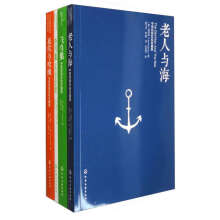In this trend of international student flow, China, as a country with the largest population and rapid economic growth in the past four decades, plays an important role in outputting many overseas students and contributing economic profits to the host countries for these students. By 2008, the number of Chinese overseas students had surpassed that of any other country, accounting for 14% of the total number of international students in the world (Wang et al., 2009). In 2015, however, the figure rose further to 25% (Wang and Miao , 2016).
This continuing trend of studying abroad among Chinese in the 21st century, compared with the last two decades of the 20th century, has shown a significant difference. In the past, only those with outstanding academic performance and professional qualifications had the opportunity to receive funding from the Chinese government for overseas education (Xue , 2011). Normally, they went to study in the traditional developed countries, such as the United States, the United Kingdom, Germany, and Japan, for the advancement in technology and ideology. Nowadays, as the “nation’ s gate” opens wider and the economy grows continuously, the Chinese people enjoy more freedom and possess stronger financial capacity in pursuing overseas education. Meanwhile, with the increasing frequency and popularity of global and cultural exchanges, Chinese people’ s interest in the oversea study destinations is no longer limited to the traditional developed countries.
展开










